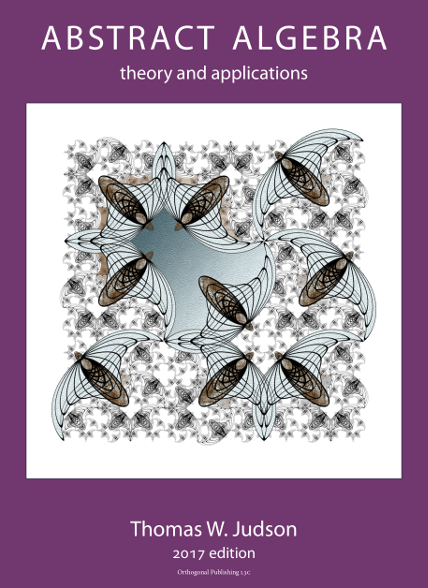Chapter8External Direct Products
¶Studying cosets, as we did in Chapter 7, gives us insight into how a group may be decomposed into smaller structures. Later in Chapter 9, we'll use cosets to create a new, "smaller" group of equivalence classes known as a quotient group or factor group. In some (but not all!) cases, these factor groups can be seen as the "building blocks" of the group from which they came.
In between these two questions we pause to ask about the nature of that "building." How can two groups be combined together to build a bigger group? This is a question with several important answers in algebra, but the simplest answers are the ones we will study in this section: the direct products.
Direct products come in two flavors:
- External, where two possibly unrelated groups \(G\) and \(H\) combine together via ordered pairs to form a new group \(G\times H\) (also written \(G\oplus H\) by some authors); and
- Internal, where \(G\) and \(H\) must be two maximally disjoint subgroups within a single group, coming together via multiplication to form a group denoted \(GH\text{.}\)
The external direct products, which are simpler to understand and construct and examples of which you've secretly seen in mathematics before, will come first in our investigations.
